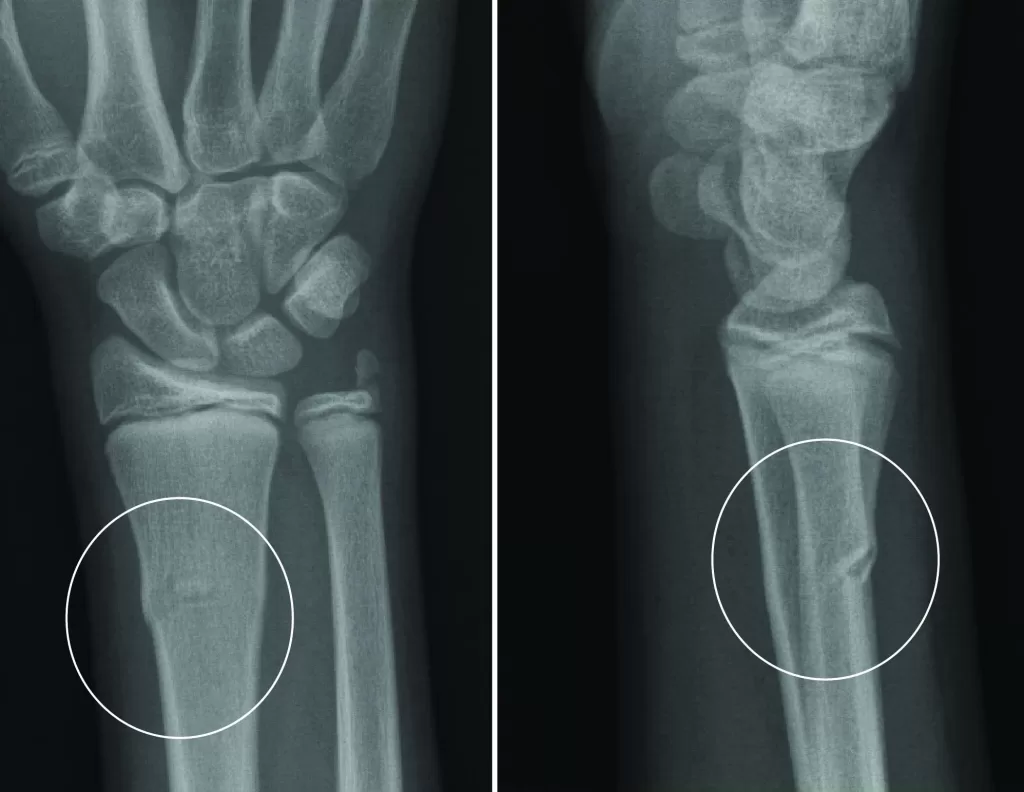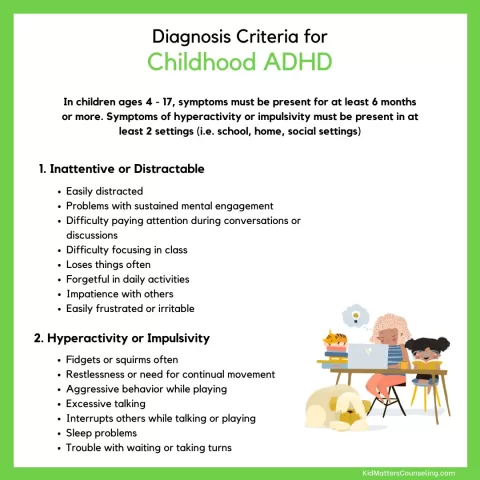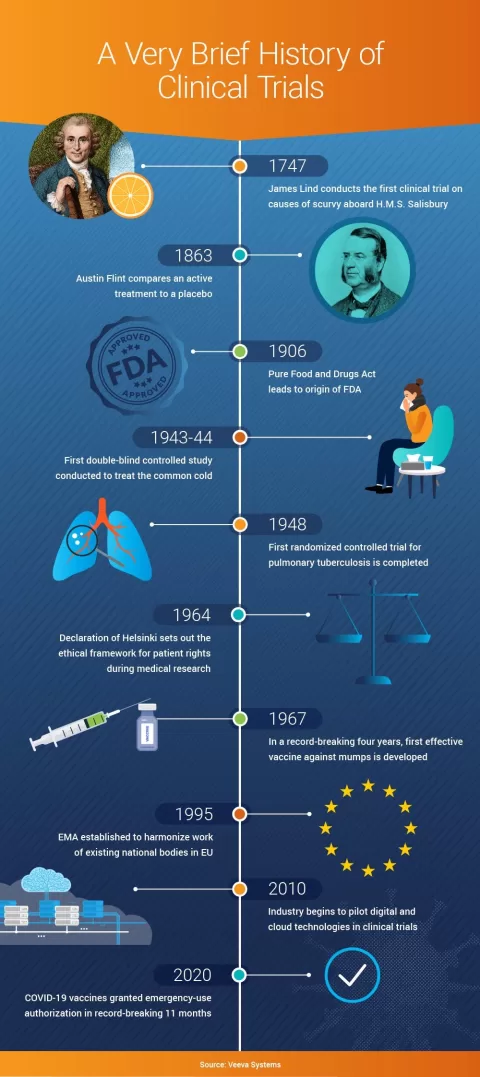A broken arm near the wrist is a common yet serious injury that can significantly impede daily activities. Often resulting from falls or high-impact sports, this type of injury typically affects the distal radius and ulna bones, leading to acute pain and swelling. Recognizing the symptoms early—such as tenderness, bruising, and limited mobility—is crucial for effective wrist fracture treatment. Prompt medical attention and proper rehabilitation are key for recovery, ensuring that the individual can regain full function and strength. Additionally, understanding wrist injury prevention strategies can help reduce the risk of future fractures.
Experiencing a fracture near the wrist can be alarming, particularly when it is associated with a broken arm. This type of injury often manifests through intense pain and swelling in the affected area, commonly referred to as a distal radius fracture. Whether due to sports mishaps or accidental falls, getting informed about the symptoms and available treatment options is essential. Rehabilitation through physical therapy is vital to restoring movement and strength post-injury, while implementing prevention strategies can help avoid similar incidents in the future. By educating oneself on this common injury, individuals can enhance their recovery and overall wrist health.
Understanding Wrist Fractures: Types and Symptoms
Wrist fractures are categorized into several types, with the distal radius fracture being the most prevalent among active individuals. This specific type of fracture occurs just above the wrist joint and is frequently a result of falls where a person extends their arm for protection. In addition to distal radius fractures, ulnar fractures can also occur, affecting the ulna bone on the opposite side. Understanding these categories is essential for diagnosing the fracture accurately and determining an effective treatment plan.
Common symptoms of a broken arm near the wrist include severe pain, swelling, and bruising, which typically manifest right after the injury. Individuals may experience difficulty in moving the wrist and could notice a visible deformity in severe cases, indicating a displaced fracture. Recognizing these symptoms promptly can enhance the chances of proper medical intervention, reducing the risk of complications and supporting a more effective recovery.
Effective Treatment Options for Broken Arm Injuries
The treatment for wrist fractures varies based on the severity and type of the injury. For non-displaced fractures, immobilization through casting or splinting is often the first line of defense. This method stabilizes the wrist and allows it to heal correctly over a period of 4 to 6 weeks. In contrast, displaced fractures might require surgical intervention to realign the bones, using plates and screws for internal fixation or an external fixator to stabilize the fracture externally.
Post-treatment rehabilitation is crucial for regaining strength and flexibility in the wrist after the immobilization period. Physical therapy includes targeted exercises designed to restore the range of motion and reduce any lingering stiffness. These rehabilitation sessions focus not only on recovery but also on preventing future injuries by strengthening the muscles surrounding the wrist.
Rehabilitation and Recovery After Wrist Fractures
Rehabilitation following a broken arm near the wrist is vital for a comprehensive recovery. Once the cast is removed, physical therapy typically begins to help restore mobility and strength in the wrist. Therapists employ a variety of techniques, such as stretching and strengthening exercises, to aid recovery. Progressing gradually through these exercises is important to ensure the wrist regains its full functionality without causing further injury.
During this rehabilitation phase, educating the patient about self-care at home, including continuing exercises, using ice or heat for swelling reduction, and adhering to follow-up appointments, can significantly enhance the recovery process. The ultimate goal is not just to heal the fracture but to also ensure that the individual returns to their normal activities with confidence and no fear of re-injury.
Preventing Wrist Injuries: Safety Strategies
Preventing injuries, particularly wrist fractures, requires proactive measures, especially for high-risk individuals. For those engaging in sports or high-impact activities, utilizing protective gear, such as wrist guards, can help reduce the likelihood of injuries. Additionally, lifestyle modifications, including maintaining a healthy diet rich in calcium and Vitamin D, are essential for promoting strong bones that can withstand stress.
Moreover, adopting fall prevention strategies is crucial, particularly for older adults. Ensuring well-lit environments, removing tripping hazards at home, and using assistive devices when necessary can go a long way in preventively minimizing the risk of wrist fractures. Awareness and education about these preventive strategies can empower individuals to take control of their bone health and avoid complex wrist injuries.
Recognizing and Responding to Symptoms of a Broken Arm
Recognizing the symptoms of a broken arm near the wrist is critical for seeking prompt medical attention. Key indicators include severe pain at the site of injury, rapid swelling, and possible bruising within hours of the incident. A visible deformity may signal a serious issue requiring immediate intervention. Understanding these signs helps individuals act swiftly, preventing further complications and ensuring appropriate treatment.
Individuals must also familiarize themselves with the necessary first aid steps to take immediately following a wrist injury. Immobilizing the affected area with a splint and applying ice to reduce swelling can help manage discomfort before accessing professional medical care. Educating yourself and others on these immediate responses to wrist injuries can positively impact long-term recovery outcomes.
Frequently Asked Questions
What are the common symptoms of a broken arm near the wrist?
Symptoms of a broken arm near the wrist include severe pain, swelling, tenderness, difficulty moving the wrist or arm, bruising, and in some cases, visible deformity. These symptoms typically present immediately after the injury.
How is a distal radius fracture treated when it occurs near the wrist?
Treatment for a distal radius fracture often involves immobilization with a cast for 4-6 weeks. In severe cases, surgical intervention may be required to realign and stabilize the bones through internal or external fixation.
What immediate actions should I take if I suspect a wrist fracture?
If you suspect a wrist fracture, immobilize the wrist with a makeshift splint and apply ice to reduce swelling. Seek medical attention promptly to prevent further damage and receive appropriate treatment.
What rehabilitation options are available for a broken arm near the wrist?
Rehabilitation for a broken arm near the wrist typically includes physical therapy focused on restoring range of motion, strengthening surrounding muscles, and reducing stiffness and swelling post-cast or surgery.
How can I prevent a broken arm near the wrist in the future?
Preventing a broken arm near the wrist involves maintaining strong bones through adequate calcium and Vitamin D intake, engaging in fall prevention strategies, and avoiding smoking to ensure proper blood flow and healing.
| Key Point | Description |
|---|---|
| Definition | A fracture of the radius or ulna bones near the wrist. |
| Causes | Commonly occurs due to falls, sports, or accidents. |
| Symptoms | Severe pain, swelling, tenderness, difficulty moving the wrist, bruising, and possible deformity. |
| Immediate Action | Seek medical attention; immobilize and ice the wrist. |
| Diagnosis | Physical examination and X-ray imaging. |
| Treatment Options | Options include immobilization with casting/splinting, surgical intervention for severe cases, and rehabilitation. |
| Prevention | Maintain bone health, prevent falls, and avoid smoking. |
Summary
A broken arm near the wrist is a common injury that requires timely medical care and effective treatment solutions. This injury primarily involves fractures of the radius or ulna bones and often arises from falls or accidents. Recognizing the symptoms, which typically include severe pain and swelling, is crucial for immediate action. Once diagnosed through physical examination and imaging tests, treatment may involve immobilization with a cast or splint, surgical intervention in more complex cases, and post-recovery rehabilitation to restore function. Awareness and preventive measures, such as maintaining bone health and reducing fall risks, are essential for individuals prone to wrist injuries. By understanding the implications of a broken arm near the wrist, one can take proactive steps toward recovery and maintain overall well-being.
The content provided on this blog (e.g., symptom descriptions, health tips, or general advice) is for informational purposes only and is not a substitute for professional medical advice, diagnosis, or treatment. Always seek the guidance of your physician or other qualified healthcare provider with any questions you may have regarding a medical condition. Never disregard professional medical advice or delay seeking it because of something you have read on this website. If you believe you may have a medical emergency, call your doctor or emergency services immediately. Reliance on any information provided by this blog is solely at your own risk.








